A few years ago, we had a lab meeting to discuss a paper in Plos Computational Biology on “Ten Simple (Empirical) Rules for Writing Science.” One of the conclusions of the paper is that for Ecology and Evolution, traditional writing rules don’t help. Writing papers that are short, easy to read and simple don’t have very high citations rates. Instead, citations are more likely for papers that use the present tense, signal novelty/importance, and use words that are classified as “superlative”, “pleasant”, “active” or “imagery.”
I don’t like the conclusion. It gets under my skin a bit (clearly, I am still thinking about that lab meeting 3+ years later…). What the conclusions suggest is that clear writing doesn’t improve the dissemination of science. Scientists who play the game of exaggerating the importance of their work, writing how “novel” and “important” it is with lots of superlatives can get more people to cite and pay attention to their work than someone who does a good job of writing, presenting unbiased results and conclusions and letting the reader decide how important or novel the work may be.
A more recent paper came out last fall about another trick scientists can use to increase citation rates: Twitter. The more twitter activity a paper has after publication, the more likely that paper is to receive citations. (Maybe this will finally convince Andrew to get a twitter handle…?). Again, it seems like the dissemination of science is more rooted in marketing our work rather than it may be in the actual content. Say how novel, important and sexy your work is, tweet all about it and get citations. Write something grammatically sound, simple and easy to read, get fewer citations. Still doesn’t make sense to me.
One possible exception to these “rules” of science writing for scientific journals might be writing for the popular press. A couple months ago, Andrew and I collaborated on writing a piece for the AP news company the Conversation on microbes that can get transmitted through money. The article was published in The Washington Post, Chicago Tribune, Popular Mechanics and a number of newspapers and news sites. It was re-published by 37 news outlets, and read by over 140,000 people on the Conversation website. That’s more than the number of people I can ever hope will read one of my scientific articles over the course of my lifetime. And what does the editor of the Conversation say is one of the most important parts of writing? Make it readable. To ensure that writers do this, the website where writers submit articles, has a tool on the top of the editing page that gauges how “readable” the article is. When the article is detected as readable, the bar turns green and you can submit to the editor, and when it is sensed as “unreadable,” the bar turns red and you better not submit to the editor. Here’s a screenshot of one of my more recent project’s for the Conversation:
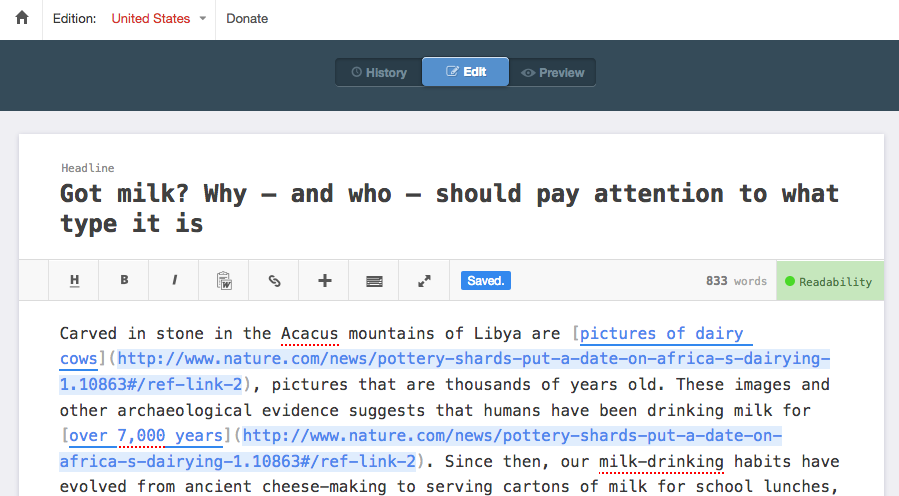
It seems like readability does matter. In ever evolving apps and programs on our computers, I came across an interesting feature that can be added to gmail to sense “readability” of emails. This one is fancier than the word editor for the Conversation. Not only does it sense readability, but it will give you a prediction on how likely you are to receive a response to the email if you send it.
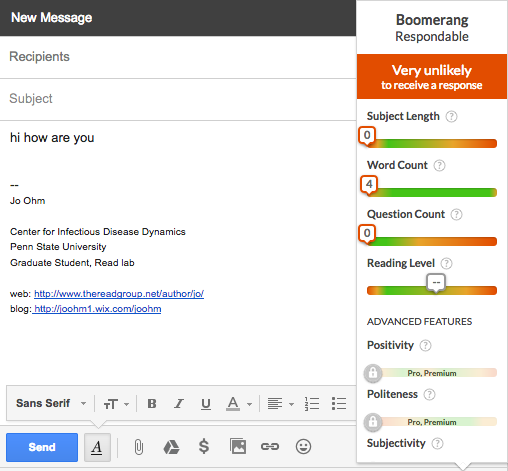
Boomerang Respondable predicts how likely you are to receive an email reply
Making something readable always sounds like a good idea. The idea that it decreases citation rates is going to continue to irk me. I think someone should make an app to add to a word processing program that can predict how “citeable” articles are when we write them…

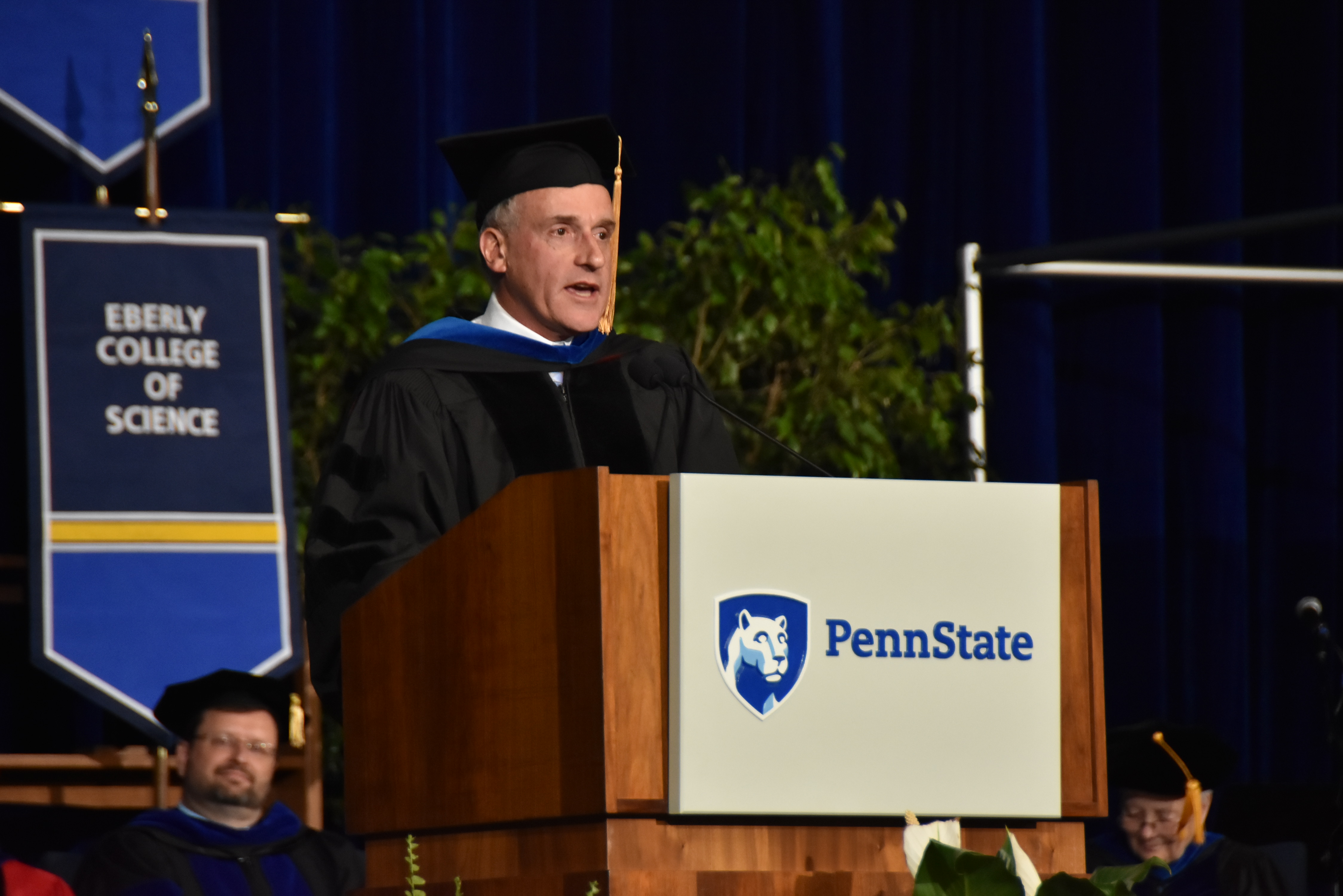 I was asked to give the Commencement Speech at the Graduate School ceremony. That’s about 2,000 students getting advanced degrees plus their families. It’s an odd thing to be asked to do. The invitation letter read: “I am confident our graduates and guests would have significant interest in your own life story and the experiences, factors, or personal characteristics that have most contributed to your considerable achievements.”
I was asked to give the Commencement Speech at the Graduate School ceremony. That’s about 2,000 students getting advanced degrees plus their families. It’s an odd thing to be asked to do. The invitation letter read: “I am confident our graduates and guests would have significant interest in your own life story and the experiences, factors, or personal characteristics that have most contributed to your considerable achievements.”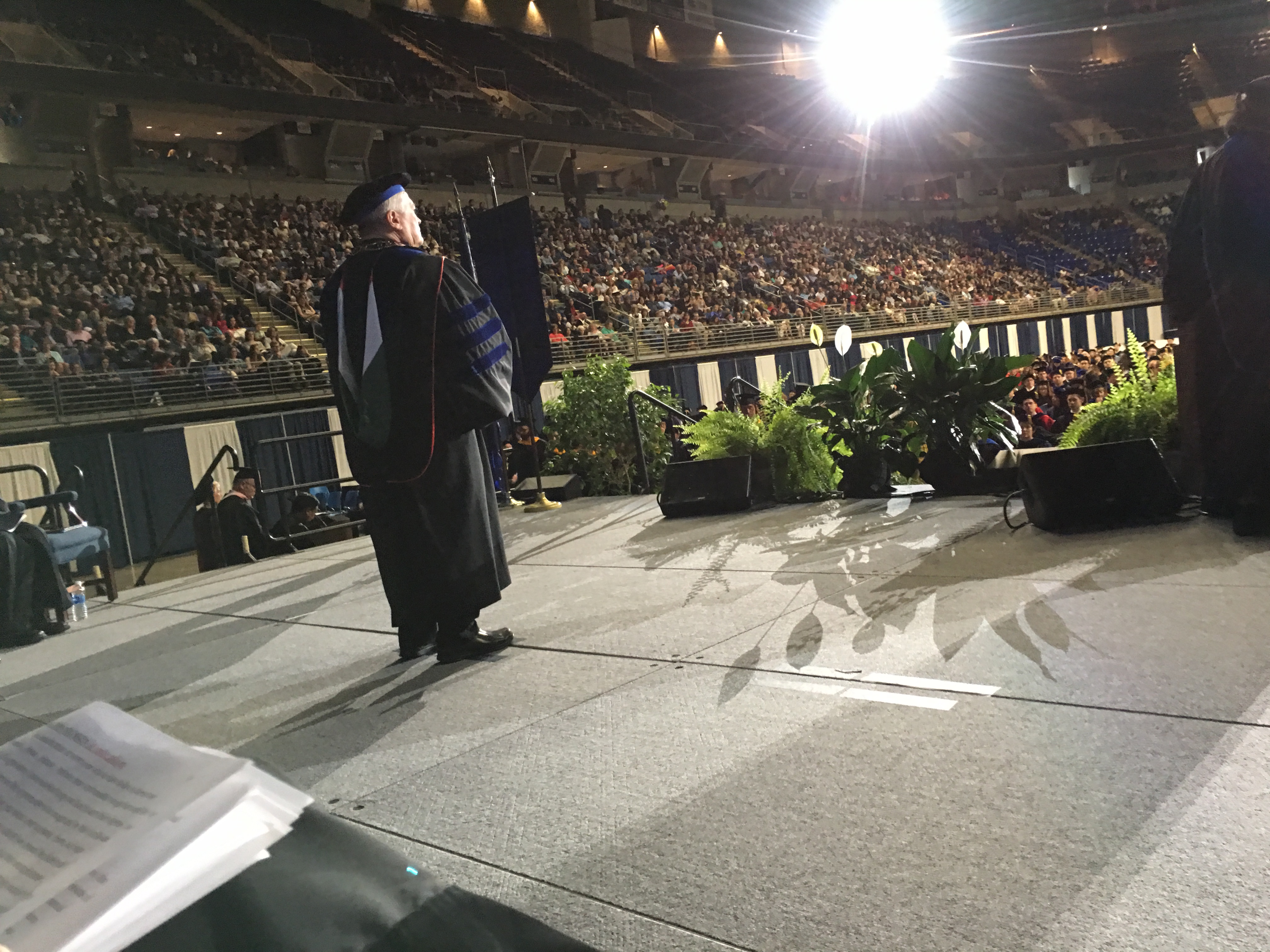
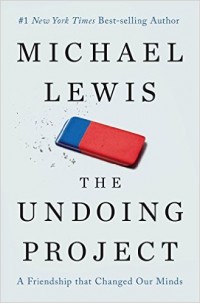 I just finished reading
I just finished reading 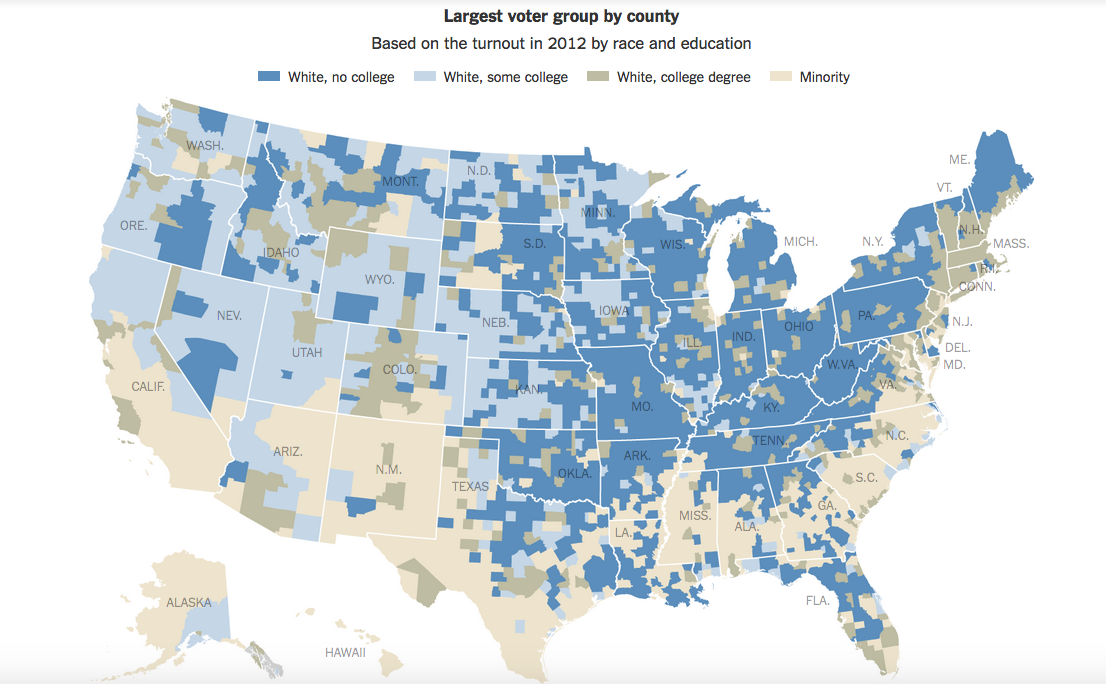
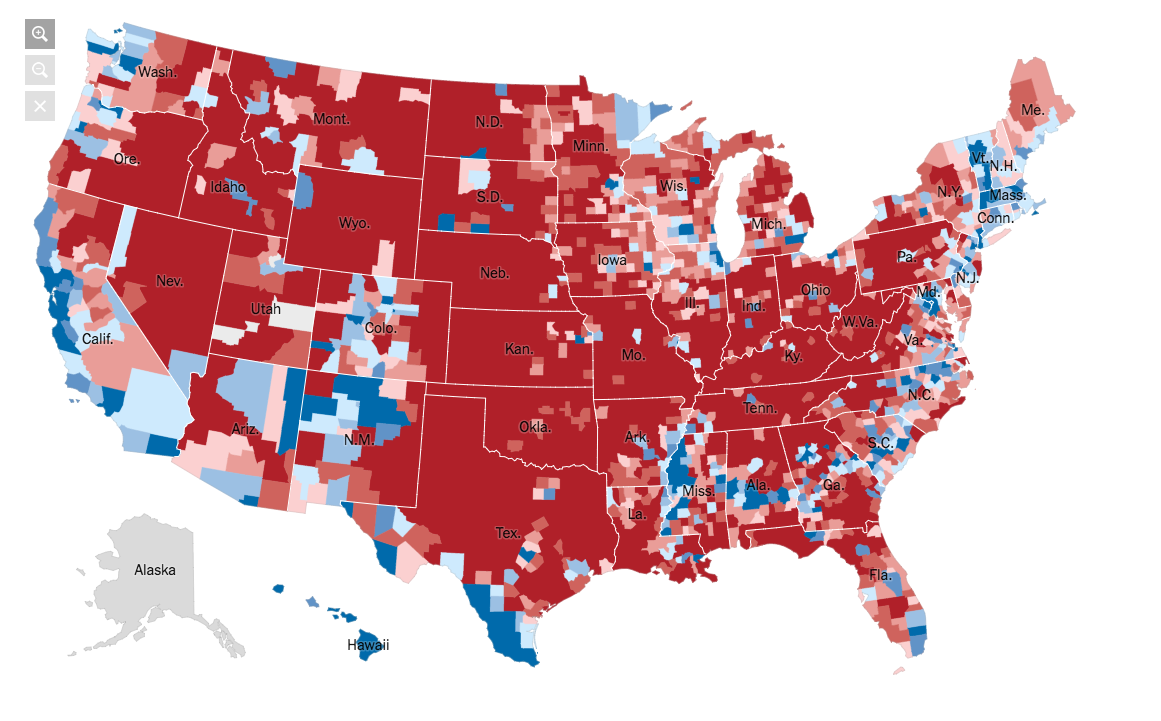
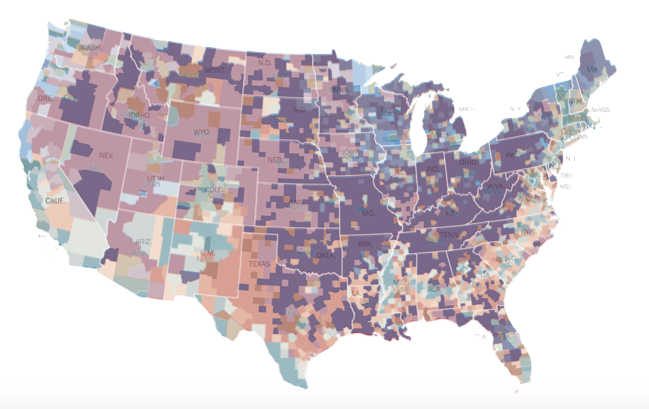
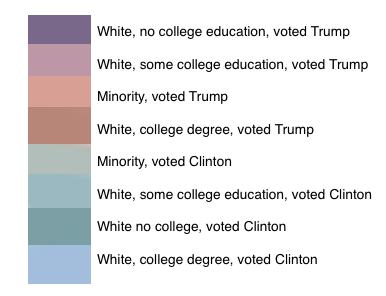
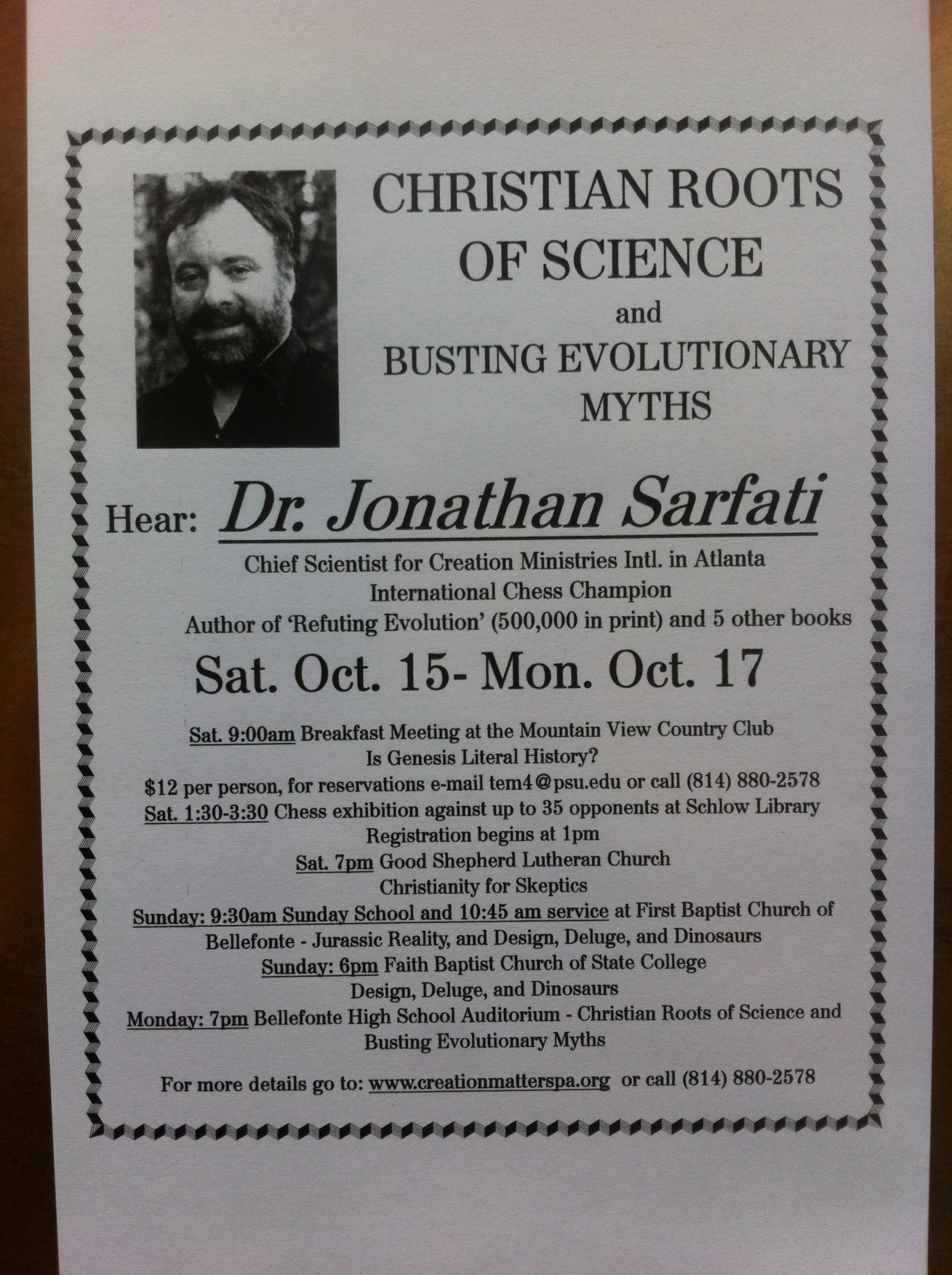


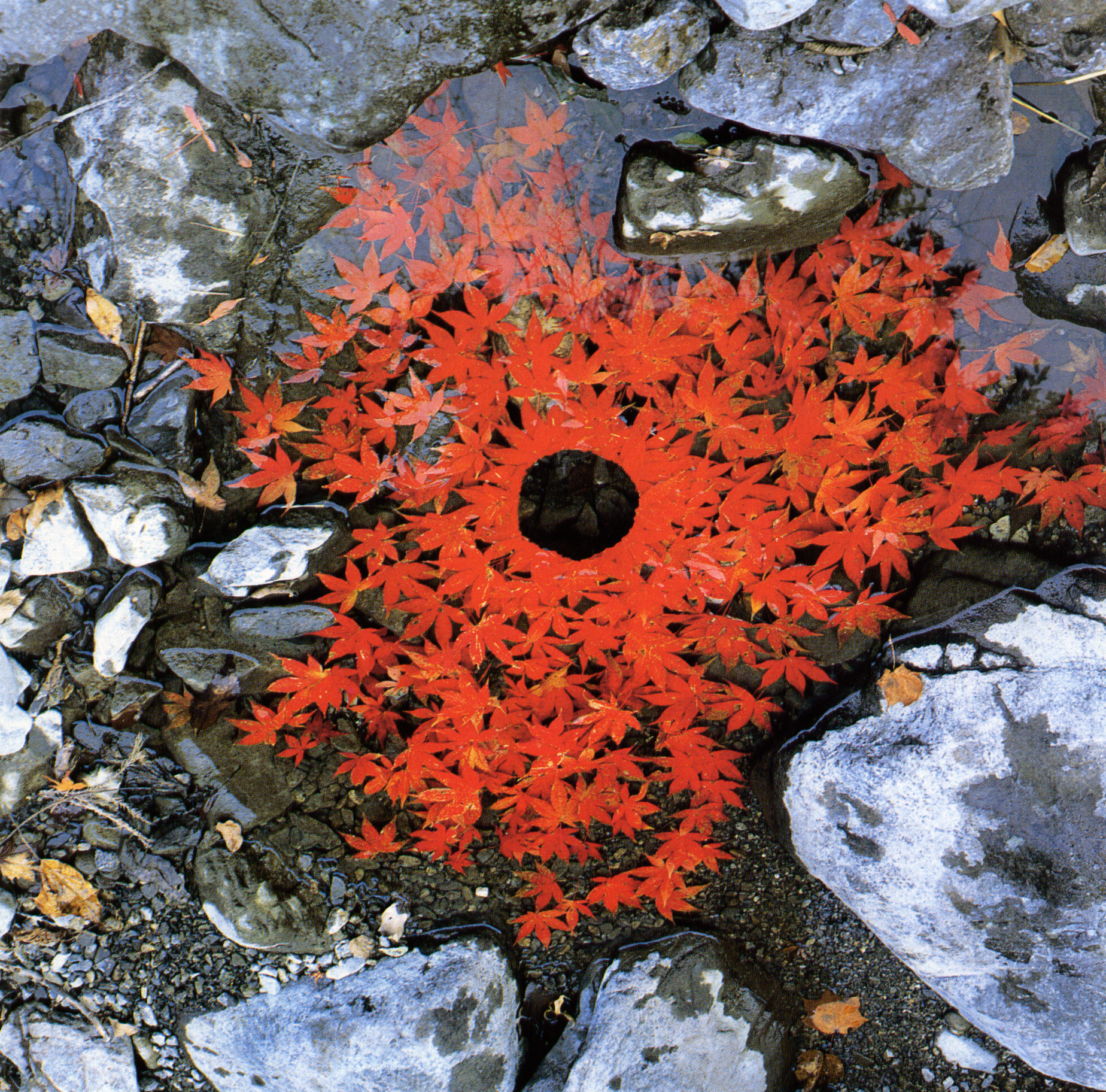
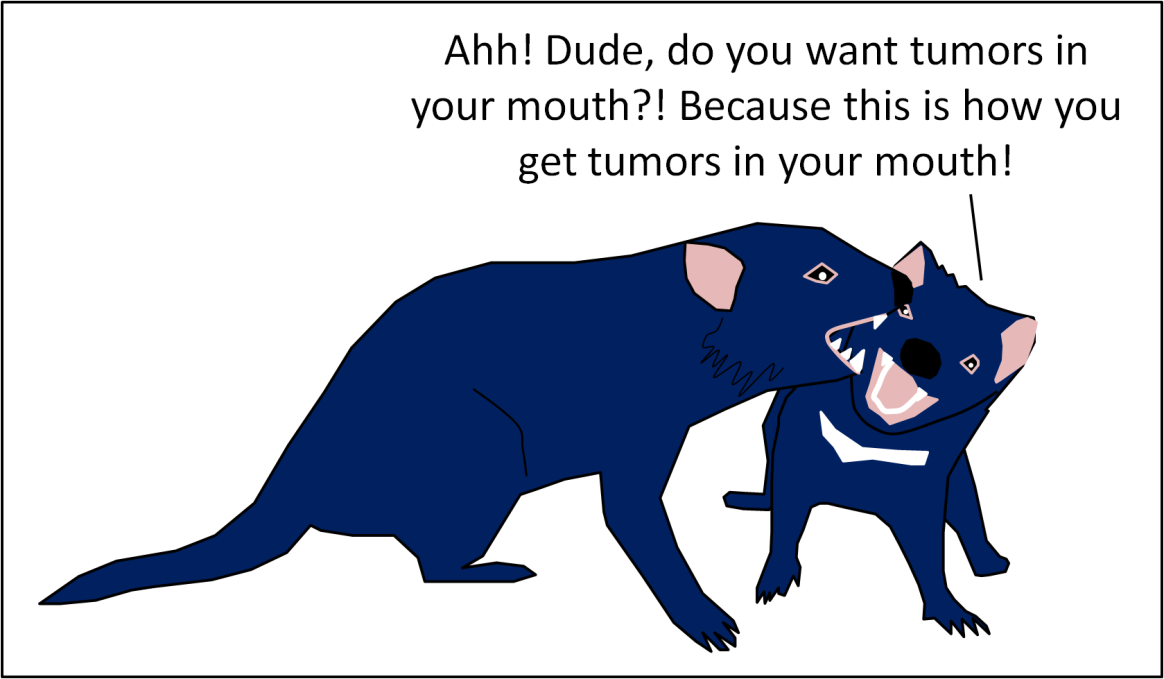
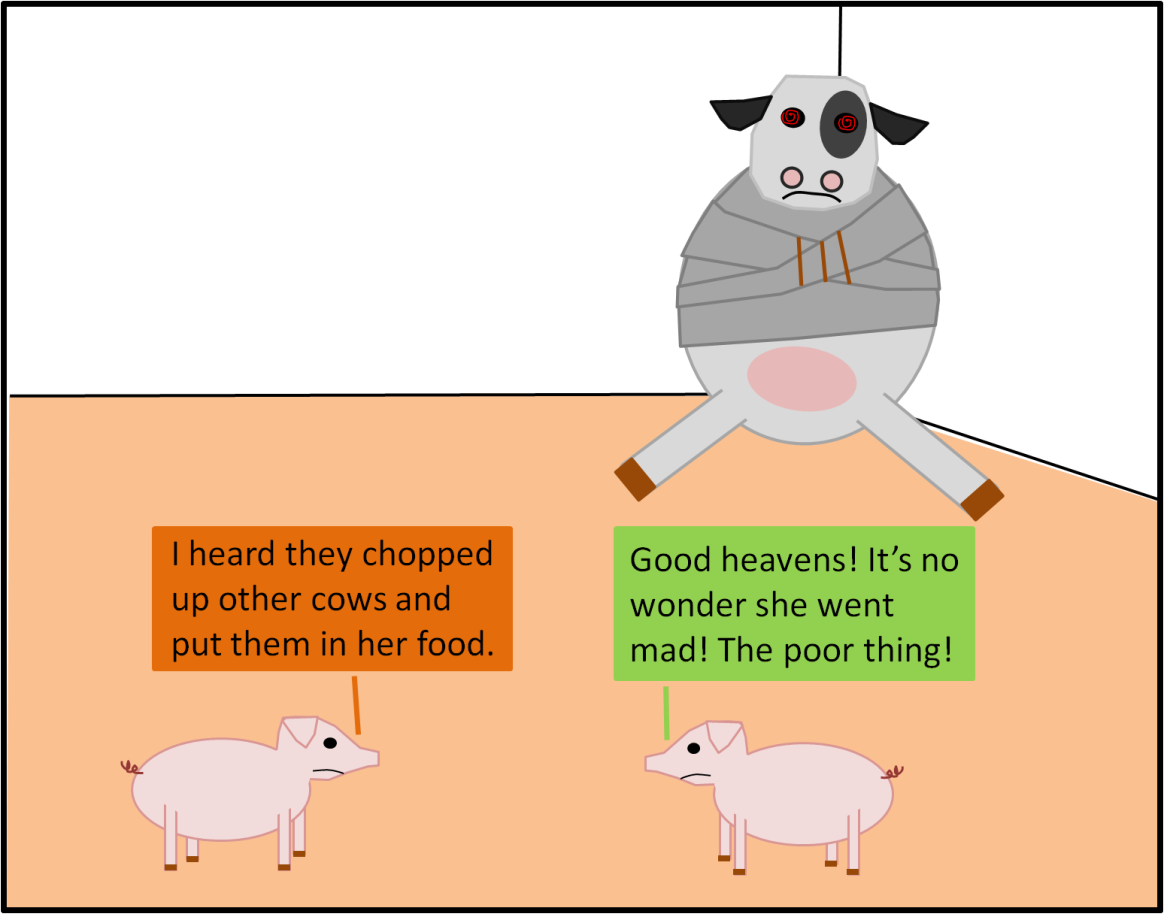 Looking into it further I found that the
Looking into it further I found that the 

